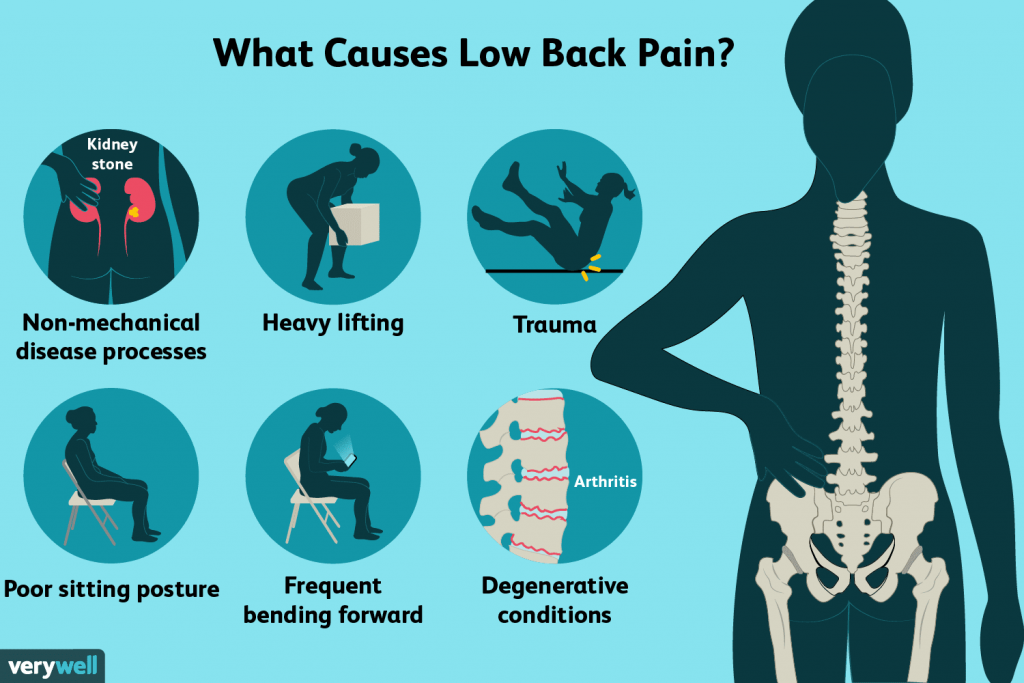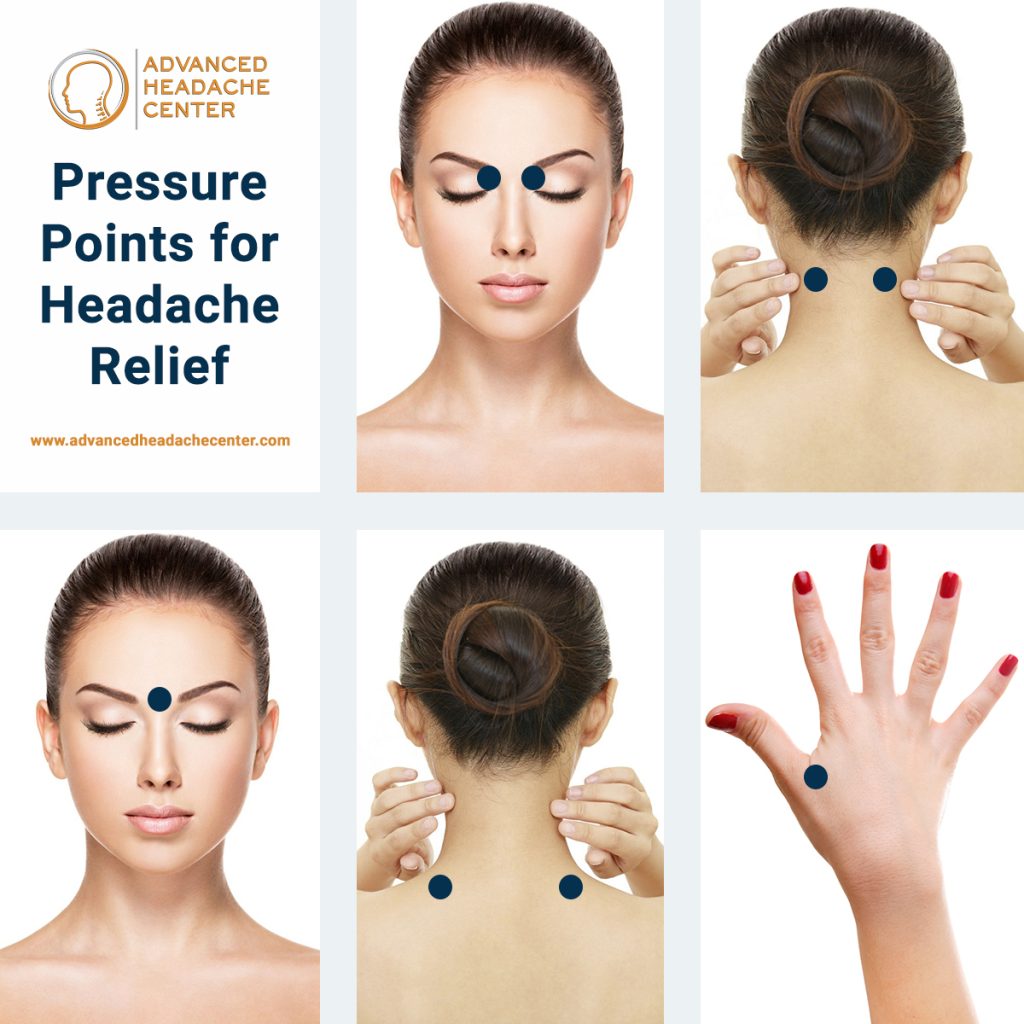Title: Relieving Lumbar Spine Pain: Effective Techniques for Relief
Introduction:
Lumbar spine pain, commonly known as lower back pain, affects a considerable number of individuals and can significantly impact daily life. This article aims to discuss various effective techniques to alleviate this discomfort and promote relief.
Techniques for Lumbar Spine Pain Relief:
1. Physical Therapy: In many cases, physical therapy plays a vital role in relieving lumbar spine pain. It involves a tailored exercise program designed to strengthen the muscles supporting the lumbar spine, improve flexibility, and correct posture. Physical therapists may also employ techniques such as hot or cold therapy, ultrasound, or electrical stimulation to alleviate pain effectively.
2. Correct Lifting Techniques: Using appropriate lifting techniques can significantly reduce the strain on the lumbar spine. It is essential to lift objects using the leg muscles instead of bending the back. Additionally, maintaining a straight back posture while lifting, and avoiding sudden twisting or turning movements can help prevent further discomfort.
3. Regular Exercise: Engaging in regular exercise contributes to the overall health of the lumbar spine. Activities like swimming, walking, and yoga can minimize pain and improve flexibility. Strengthening exercises, focusing on the core muscles, help provide stability to the lumbar spine, reducing the risk of pain.
4. Pain Medication: Over-the-counter pain relievers, such as acetaminophen or nonsteroidal anti-inflammatory drugs (NSAIDs), may be used temporarily to manage lumbar spine pain. However, it is recommended to consult a healthcare professional before using any medication, as prolonged or excessive use can have adverse effects.
5. Heat and Cold Therapy: Applying heat or cold therapy to the affected area can offer relief from lumbar spine pain. A heating pad or warm towel helps relax the muscles, while ice packs can reduce inflammation. It is essential to use these therapies for short durations and follow proper techniques to avoid burns or frostbite.
Conclusion:
Relieving lumbar spine pain requires a multifaceted approach, including physical therapy, exercise, proper lifting techniques, pain medication, and heat or cold therapy. Individuals experiencing prolonged or severe pain should consult a healthcare professional for a thorough assessment and personalized treatment plan. By adopting these techniques, individuals can promote lumbar spine health and alleviate discomfort for a better quality of life.
What happens if you damage your L3 L4 L5 spine?
Injuries below this level (at the L3, L4, and L5 vertebrae) affect the hips and legs and may cause numbness extending to the feet (sciatica).
What are the symptoms of L3-L4 damage?
You may have a Lumbar L3-L4 disc herniation. This condition is caused by damage to the discs between your spine’s third and fourth lumbar vertebrae (L3 and L4). Symptoms of a L3-L4 disc herniation can include pain, numbness, tingling, and weakness in the lower back and legs.
What are the symptoms of a lumbar spine problem?
The symptoms of low back pain show up as pain in the low back that can include pain that goes into the glutes (buttocks), hips or legs. The pain can be sharp, dull, aching, burning or a combination of all of these. It can be constant, intermittent or activity-related.

What is a trigger point in a tension headache?
Background: A myofascialmyofascialMyofascial pain syndrome (MPS) is common among patients with musculoskeletal pain problems. MPS is a pain condition originating from muscle and surrounding fascia. Patients usually present with localized pain in a restricted area or referred pain of various patterns.https://www.ncbi.nlm.nih.gov › books › NBK499882Myofascial Pain Syndrome – StatPearls – NCBI Bookshelf trigger point is defined as a hyperirritable spot in skeletal muscle that is associated with a hypersensitive palpable nodule in a taut band. It has been suggested that myofascial trigger points take part in chronic pain conditions including primary headache disorders.
What pressure point relieves tension headaches?
One of the best pressure points to focus on when treating tension headaches is the skin between the thumb and the pointer finger. Dr. Renee recommends massaging this area for 20 to 30 seconds at a time using the thumb and index finger of your opposite hand, or simply pinching and holding it for 10 seconds.

How to ease headache naturally?
Relaxing in a dark room, using a cold compress, smelling some peppermint or lavender essential oils, drinking some caffeine, and avoiding loud noises may also help reduce headache severity. However, keep in mind that these remedies may not be effective for everyone.Mar 8, 2023
How do you stop a migraine when you feel it coming on?
When you feel a migraine coming on, the most important thing to do is take your prescribed migraine medication as soon as you notice migraine symptoms, even during the prodromeprodromeIn medicine, a prodrome is an early sign or symptom (or set of signs and symptoms) that often indicates the onset of a disease before more diagnostically specific signs and symptoms develop. It is derived from the Greek word prodromos, meaning “running before”.https://en.wikipedia.org › wiki › ProdromeProdrome – Wikipedia or aura phases. Don’t wait until you have a pounding headache. “Often, people may feel afraid to take medications,” notes Dr.



